Drywood termites are a common household pest that can cause extensive damage to wood structures. Despite their damaging capabilities, these small insects remain relatively unknown to most people. This article provides an in-depth look at the wings of drywood termites, covering their anatomy, function, and role in the pest’s lifecycle.
Types of Termites
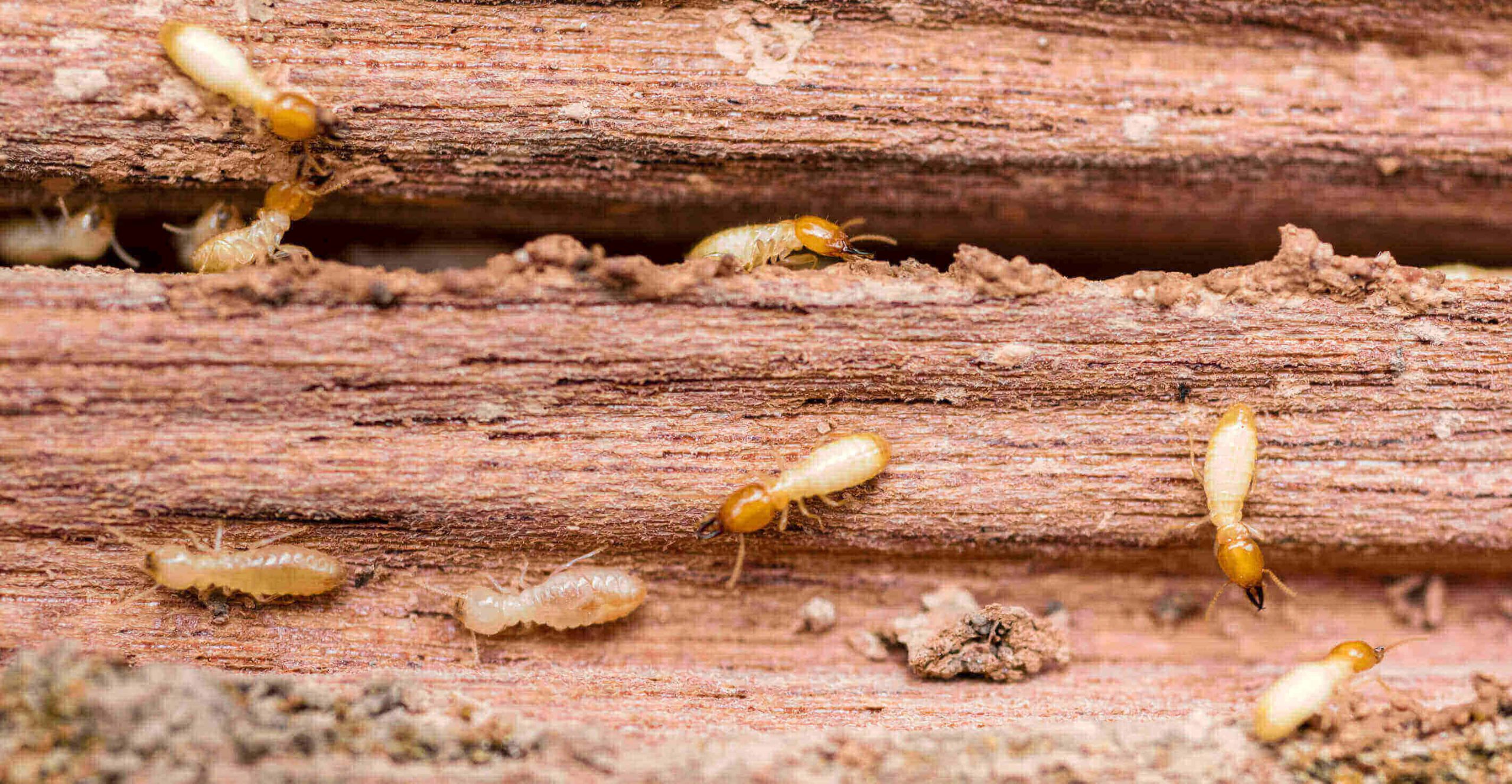
| Type of Termite | Wings? |
|---|---|
| Subterranean Termites | Yes |
| Formosan Termites | Yes |
| Dampwood Termites | Yes |
| Drywood Termites | Yes |
Termites are divided into four main categories based on their nesting habits. Subterranean termites construct their colonies underground and require contact with soil moisture to survive. Formosan termites are a more aggressive variety of subterranean termites, native to China but now found in many parts of the world. Dampwood termites are found in moist wood and are rarely found in buildings. Drywood termites are the most common type of termite found in buildings, as they require little moisture or soil contact and can survive in many climates. All of these types of termites have wings.
Anatomy
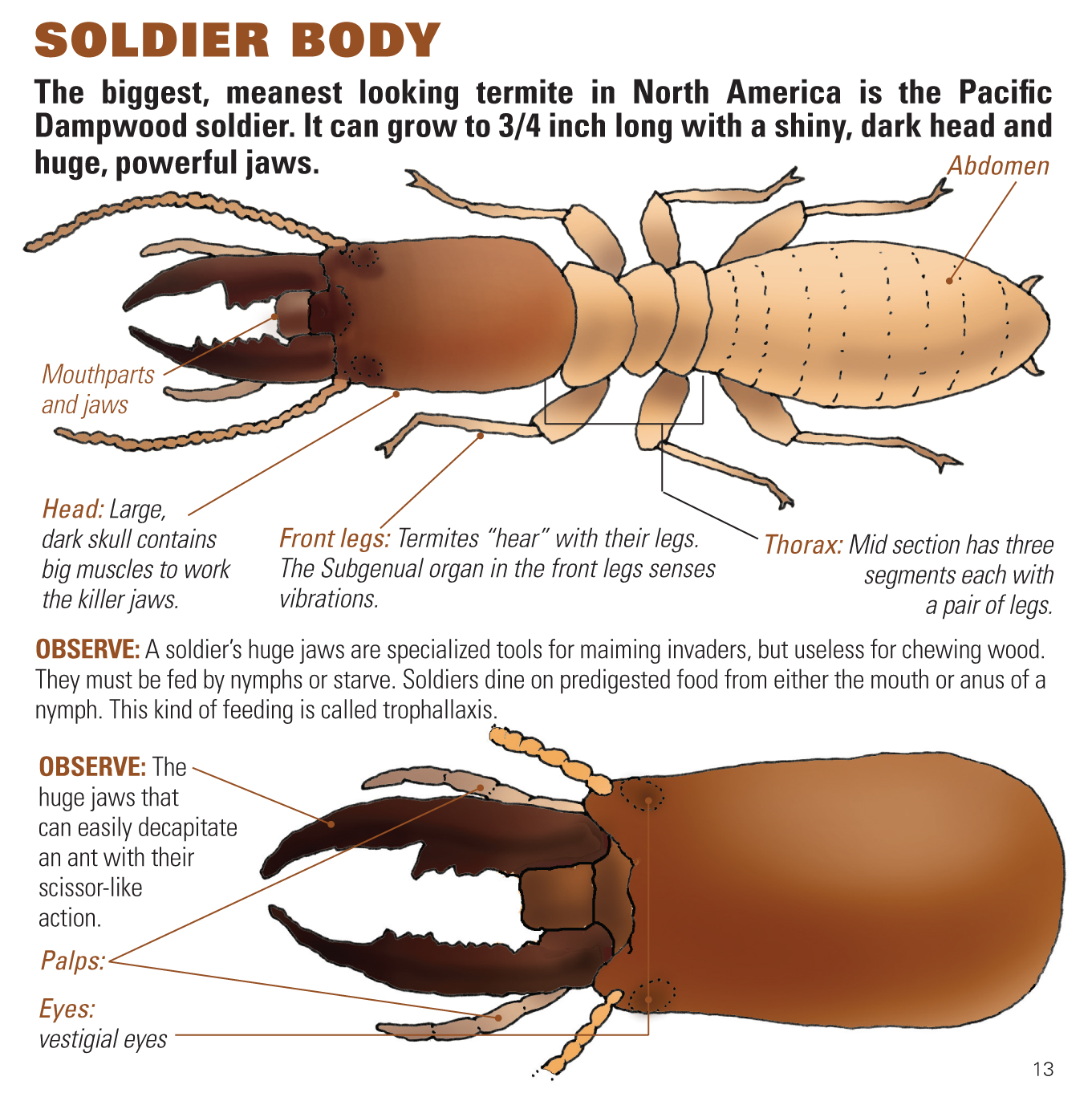
Drywood termites have a distinctive elongated, segmented body structure. They have three body segments – head, thorax, and abdomen. The head is equipped with antennae and mandibles, which are used for feeding and foraging. Their wings are membranous and are used for flying short distances. The wings of the termites are equal in length and have a straight line across the middle, which is used for identification.
Behavior
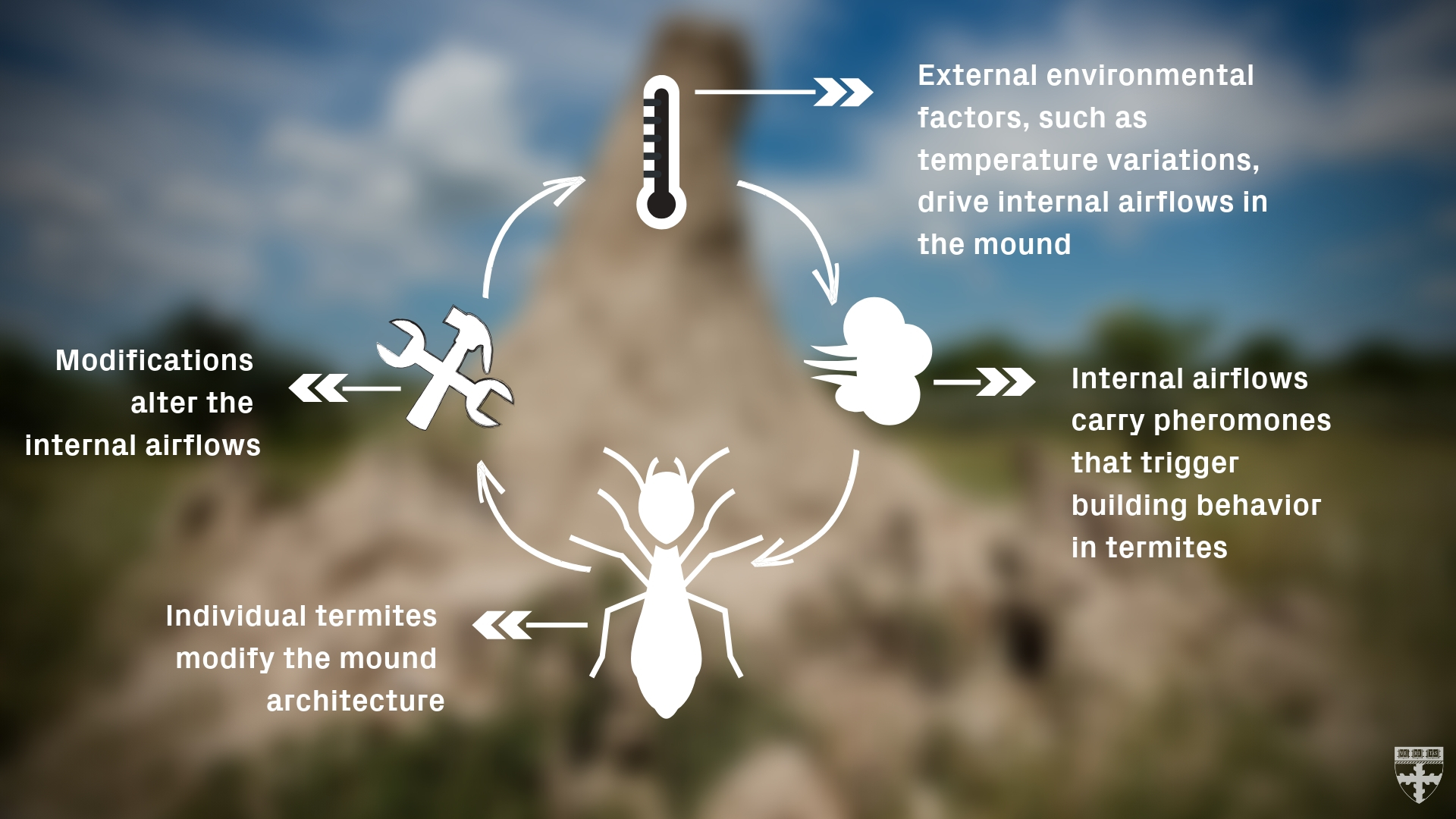
Drywood termites are social insects, living in colonies and depending on each other for survival. They feed on drywood and other cellulose materials, such as paper and cardboard. The termites use their mandibles to bore into the wood and feed on it. They are able to detect the presence of food using their antennae, which are sensitive to vibrations. They are also able to detect the presence of moisture, which helps them to find suitable habitats.
Role of Wings
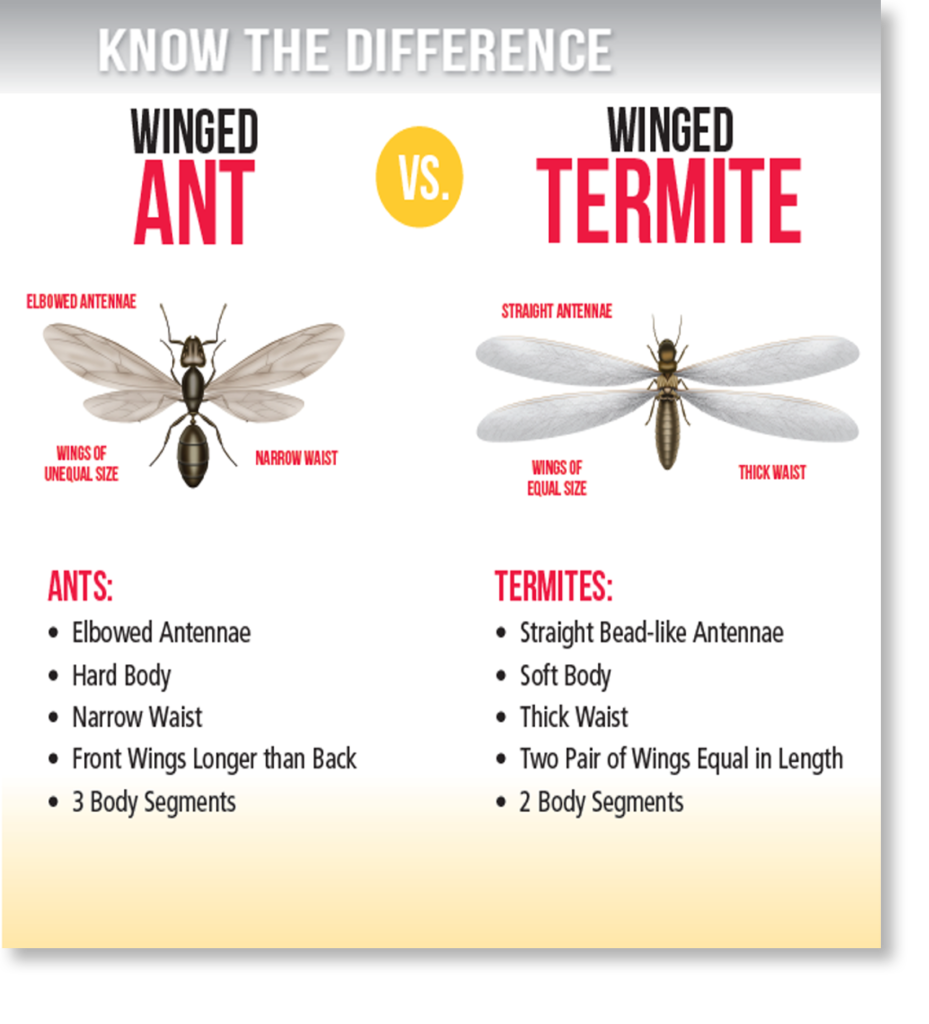
Drywood termite wings serve to facilitate the mating process. After swarming, the winged termites pair off and fly to a suitable nesting site. Their wings then break off and the termites burrow into wood and begin to establish a colony.
Anatomy of Wings
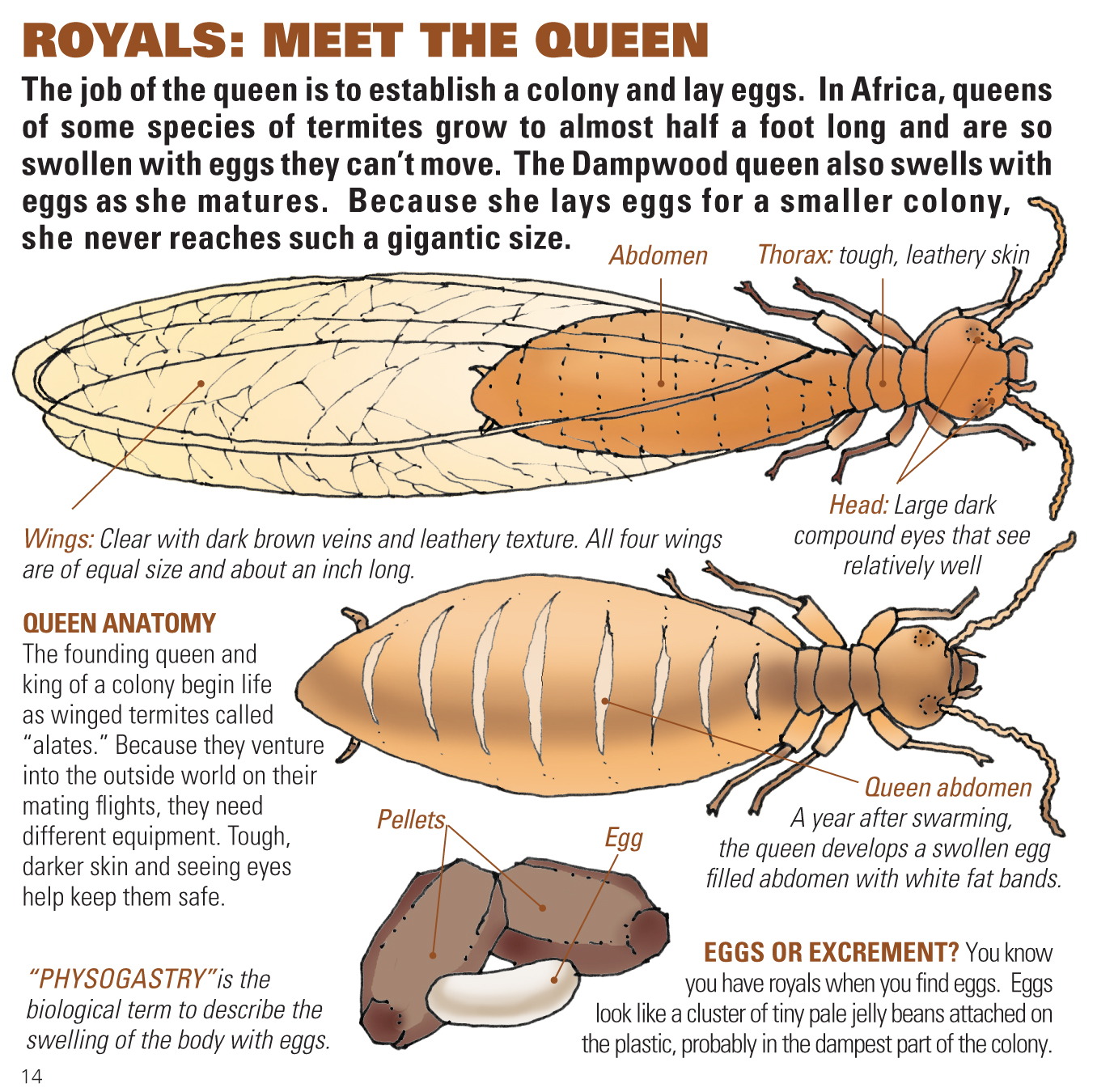
Drywood termite wings have a few distinct features. The wings are usually longer than the body and they have a distinct vein pattern. This vein pattern is unique to each species, and can be used to identify the species of drywood termite. The color of the wings can vary from species to species as well.
How To Identify Drywood Termites by Their Wings
Drywood termites have wings that are longer than their body and are usually pale brown in color. The front pair of wings is longer than the hind pair, and the veins are patterned in a distinctive way. The wings are also covered in tiny hairs that can be seen under a microscope. The wings of a drywood termite are folded together when at rest, creating a triangle shape. If you suspect that you have a drywood termite infestation, it is important to look for their wings, which are the size of a grain of rice.
When a drywood termite swarms, the wings will eventually drop off and can be found in the area around the affected area. If the wings are found, it is a good indication that there is an infestation. The wings are often found near windowsills, baseboards, and other areas where the termites may be hiding.
To identify drywood termites by their wings, you will need to look for the triangle shape and the pale brown color. You can also look for the small hairs and distinctive vein patterns that are present on their wings. If you find any of these characteristics, it is likely that you have a drywood termite infestation.
Are Drywood Termites Dangerous?
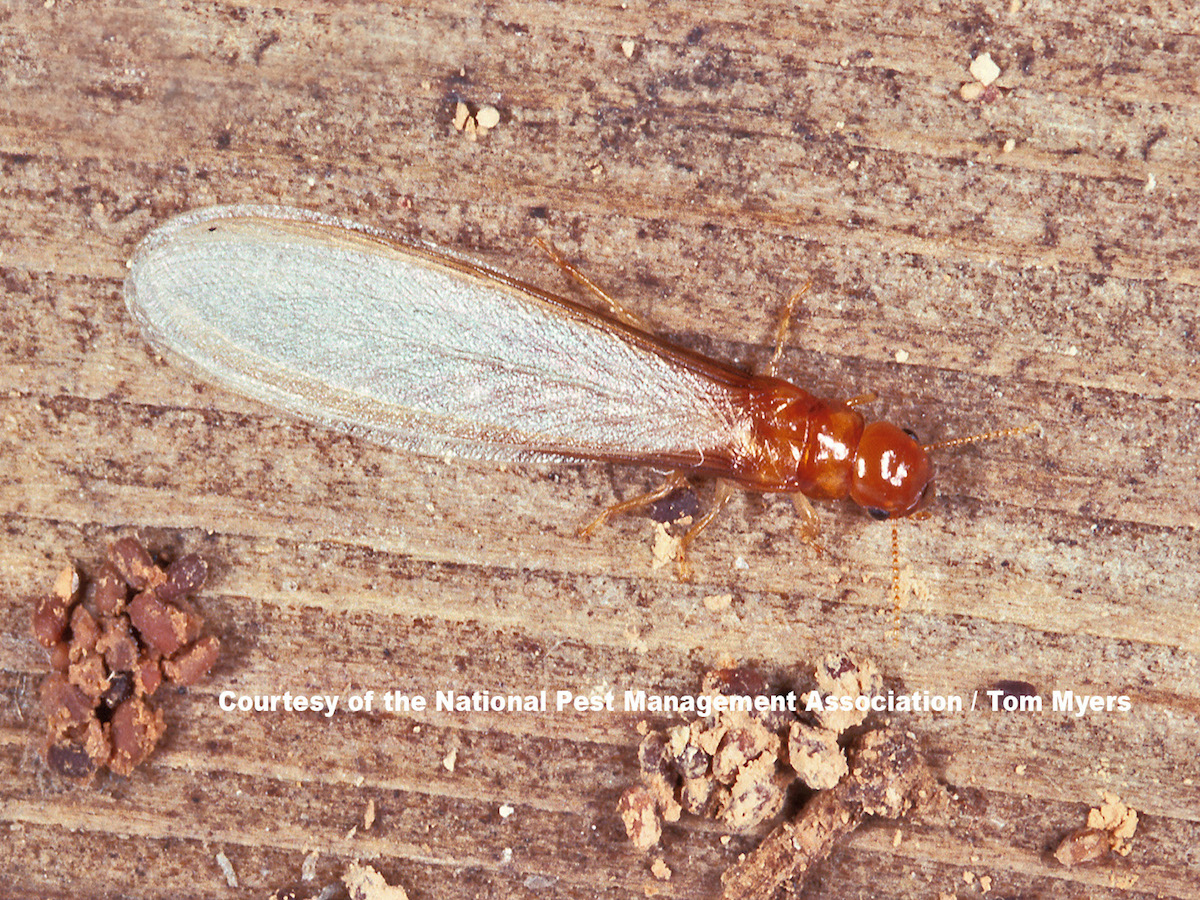
Drywood termites can cause significant damage to wooden structures. They feed on cellulose, which is found in wood, cardboard, paper, and other materials. They can cause structural damage to buildings, furniture, and other wooden items.
- Drywood termites can cause damage to wooden structures.
- They feed on cellulose, which is found in wood, cardboard, paper, and other materials.
- They can cause structural damage to buildings, furniture, and other wooden items.
- They can also cause damage to wooden objects such as picture frames, bookshelves, and other wooden items.
- They can also cause damage to electrical wiring and create fire hazards.
- They can also cause health problems in people, such as allergies and asthma.
In conclusion, drywood termites can be dangerous and should be dealt with as soon as possible. Professional pest control services should be contacted to assess the situation and treat the problem.
Do Drywood Termites Fly?
Drywood termites are known to have wings, however, they are not known to be able to fly. The wings are meant for the purpose of dispersal and for the termites to be able to find new areas to colonize. The wings of the drywood termite are usually shed after they have found a new area to colonize. They are also not capable of flying long distances and they usually fly only when they are disturbed. Drywood termites use their wings mainly to disperse and create new colonies, not to fly long distances.
How To Control Drywood Termites
Drywood termites can be controlled through various techniques, such as physical removal of infested wood, chemical treatments, and introducing natural predators.
Physical Removal of Infested Wood: The most effective way to control drywood termites is to physically remove the infested wood. This includes cutting out the infested wood and replacing it with new, untreated wood.
Chemical Treatments: Chemical treatments such as fumigation, insecticides, and other pest control methods can be used to kill drywood termites. These treatments should be applied by a professional and may require multiple applications to be effective.
Introducing Natural Predators: Predator insects such as ants, spiders, and wasps can be used to control drywood termites. These predators can be introduced to the area where the termites are present. They will feed on the termites, which will help to reduce their numbers.
These methods can be used to help control drywood termites. It is important to remember that these methods may require multiple applications and may not be effective in all cases. It is also important to contact a professional pest control company to ensure that the most effective methods are used.
Frequently Asked Questions
How do drywood termites with wings differ from other types of termites?
Drywood termites with wings are different from other types of termites in that they are able to fly to new locations, making them difficult to control. They can also cause more damage to wood structures than subterranean and dampwood termites, as they are able to reach higher levels of wood. Additionally, drywood termites are the only type of termite that does not need to be near a water source to survive, unlike other types of termites.
What are some identifying characteristics of drywood termites with wings?
Drywood termites with wings are often seen during the swarming season, typically occurring during the summer months. These winged termites have a yellowish-brown body, a pair of long, straight antennae and four wings that are the same size. They are typically larger than wingless drywood termites, measuring around 1/2 inch in length. The wings have a greyish-white color and have veins running through them. A distinguishing feature of drywood termites with wings is their straight, regimented flight pattern.
What kind of damage can drywood termites with wings cause?
Drywood termites with wings can cause extensive damage to wooden structures such as furniture, window frames, and support beams. They can also damage wooden artifacts and decorative items. They consume the cellulose found in wood and can cause structural damage if left untreated. They can also damage insulation, paper products, and other items made from plant material.
What can be done to prevent an infestation of drywood termites with wings?
To prevent an infestation of drywood termites with wings, homeowners should eliminate potential sources of moisture, repair any leaks or water damage, and seal any cracks or crevices in the home. The attic should be well-ventilated, and the home should be free of any wood debris. Homeowners should also inspect any wood furniture or wooden items for infestations and replace any damaged items. Finally, homes should be regularly treated with insecticides, and homeowners should contact a pest control professional for advice if an infestation is suspected.
How can an infestation of drywood termites with wings be treated?
The most effective way to treat an infestation of drywood termites with wings is to have a professional pest control company inspect and treat the affected area. The pest control company will identify the type of termite, determine the severity of the infestation, and treat the affected area with a combination of chemical, mechanical, and non-chemical treatments. Depending on the severity of the infestation, the pest control company may opt to use baiting or dusting techniques. After treatment, the company will likely recommend follow-up treatments and inspections to ensure the infestation does not return.
Conclusion
Drywood termites are a dangerous pest, as their wings can spread them quickly and cause extensive damage to buildings. The wings are an important part of their life cycle, as they enable them to fly and find new places to nest in. The wings are also very hardy, and can survive in extreme temperatures and environments. Understanding the characteristics of the wings is essential for prevention and pest control. With proper identification and control, these pests can be eliminated and kept away from homes and buildings.
- “Termites and Termite Management” by Auburn University
- “Types of Termites” by the Environmental Protection Agency







